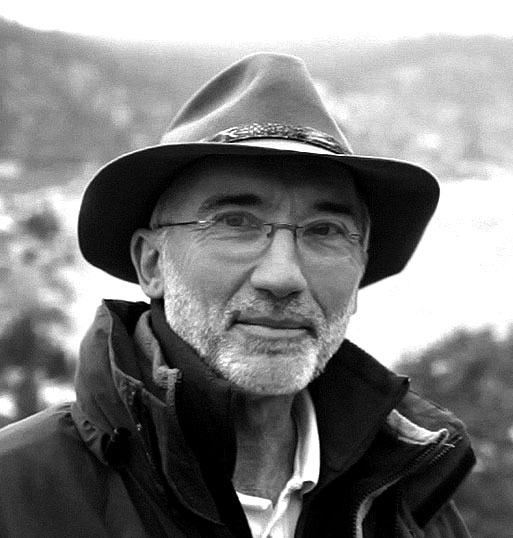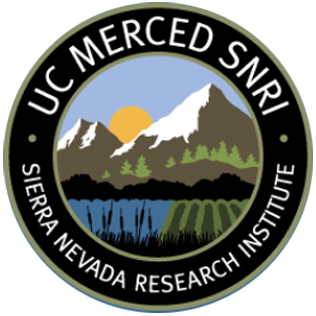CONTEXT:
In 2020, wildfires severely damaged mountain watersheds that supply most Western states' water, burning over 1.8 million hectares in California alone (4.5% of the state). While mountain watersheds are essential parts of the state's water infrastructure, they do not receive as much maintenance and upgrades as does built infrastructure. Wildfire and drought severely damage mountain watersheds each year, and forest restoration is needed to reduce high-severity wildfire risk. Restoration involves removing the less fire-resistant, smaller trees and fuel while leaving larger, more widely spaced trees.
Many people who depend on the benefits coming from California's source-water areas have publicly expressed the need for forest restoration. However, current plans for reducing fuel loads in overstocked forests address only part of the problem. Beyond the financial costs, it is unclear why those who will directly benefit have not engaged in the restoration measures they support, and what are the main barriers.
Project goals
We believe that most water interests are not taking action because various complex uncertainties associated with forest restoration, and watersheds as natural infrastructure may be challenging to understand. This project examines ways to communicate the uncertainties in forest restoration and watershed maintenance more intuitively using data visualizations. The ultimate goal is to support the investment in forest restoration by using data visualizations to help watershed stakeholders better understand uncertainties in the system.
Uncertainty Communication
We believe that the varied nature of the uncertainties present in forest restoration and watershed infrastructure contributes to watershed stakeholder inaction. This work will focus on three unique types of uncertainty, and we propose that these uncertainties have differential effects on stakeholders' perception of risk and subsequent decisions.
Direct uncertainty
can be conveyed with mathematical expressions that denote error or variability
Indirect uncertainty
when a model has variability or error that the modeler cannot foresee or quantify
Perceived uncertainty
subjective feeling of uncertainty
Project details
To examine the link between inaction and the cognition of different uncertainty types, using cognitive-science survey methods, we will present participants (e.g., stakeholders and the general public in California) with wildfire-impact scenarios during a resource-allocation experiment. Then we will manipulate the uncertainty type in the stimuli to determine how the uncertainty may contribute to a failure to allocate resources. Additionally, we will test if and how uncertainty visualizations and training reshape stakeholders' conceptualization of watershed-restoration uncertainties.
Hypothesis
We hypothesize that modern uncertainty-visualization techniques can reduce the complexity of watershed restoration uncertainties by intuitively communicating the uncertainties and elucidating the infrastructure's relationships. The solutions generated by our research can be used to stimulate forest restoration and other natural-infrastructure investments around the world, potentially improving the sustainability of tens of millions of hectares of forest in the U.S. alone, and the ecosystem services, ecological resiliency and environmental justice that make up that sustainability.



